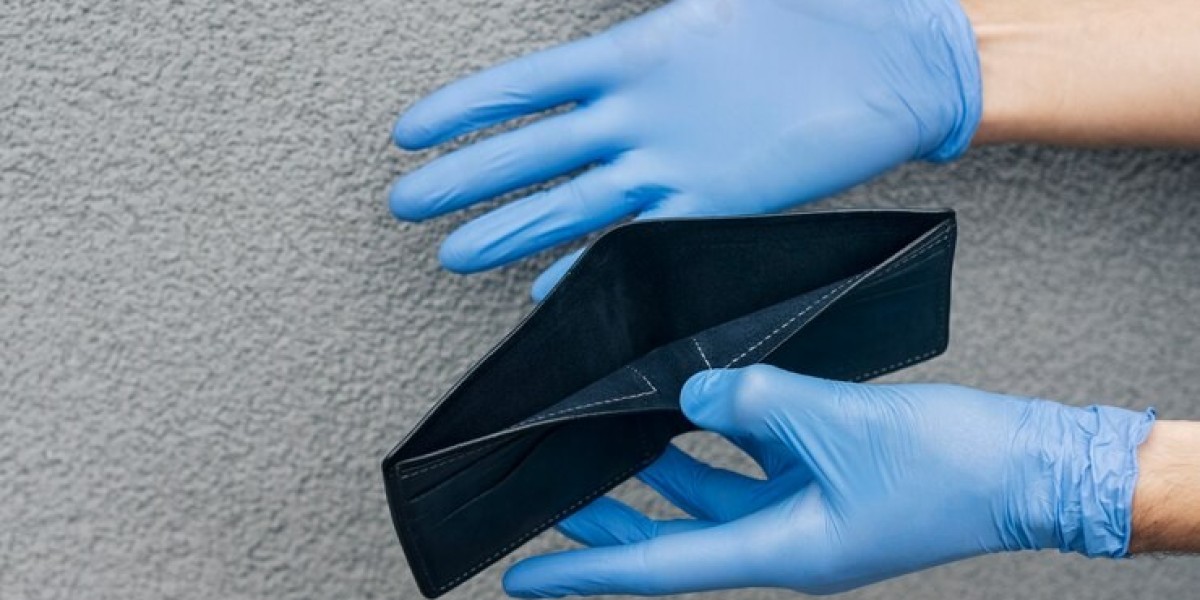Disposable shoe covers are single-use covers that are placed over shoes to prevent cross-contamination onto floors and surfaces. Made from various kinds of plastic or nonwoven materials, these shoe covers are intended to be discarded after a single use. They are most commonly used in healthcare facilities, cleanrooms, construction sites, and commercial kitchens where hygiene is critical.
Uses in Healthcare Settings
Disposable footwear covers see extensive use in hospitals and other medical facilities where preventing the spread of pathogens is paramount. They are required to be worn in operating rooms, emergency departments, isolation rooms, oncology units, and other areas with compromised patients. By covering shoes, they prevent bacteria, viruses, and other contaminants from being tracked between patient rooms or treatment areas on shoe soles. This helps limit the transmission of infectious diseases like MRSA, C. difficile, norovirus, and more within healthcare settings.
Applications in Cleanrooms
Cleanrooms require stringent controls over particles and dust to avoid contaminating sensitive products and equipment. Disposable Shoe Covers fulfill an important role in cleanrooms by trapping loose fibers, dirt and other debris on shoe soles before they can enter the controlled cleanroom environment. Industries like pharmaceuticals, medical devices, aerospace, electronics and more rely on shoe covers alongside other protocols to maintain cleanroom air quality standards. They allow workers to easily switch over shoes when entering and exiting cleanrooms.
Usage in Construction Zones
New building sites, remodeling projects and other construction areas use disposable footwear covers. They prevent mud, dust, and debris picked up on work boots from being tracked throughout jobsites and potentially damaging finished materials or surfaces already installed. This keeps worksites neater and minimizes cleanup requirements. Covers also offer some protection against sharps injuries if workers step on nails, glass or other hazards on the ground.
Role in Commercial Kitchens
From restaurants to food processing plants, commercial kitchens require shoe covers as part of their food safety programs. They prevent foodborne pathogens that can cling to shoe soles from being deposited onto floors, equipment, carts and other surfaces in the production environment. This helps reduce the risks of cross-contamination between raw and ready-to-eat foods. By changing covers when moving between areas, facilities can better maintain sanitary kitchen operations.
Features of Disposable Shoe Covers
While basic in design, disposable footwear covers have key attributes that make them effective for use in the applications covered above:
- Material - Most are made from plastic like polyethylene or nonwoven spunbond fabrics that form a sturdy yet lightweight barrier. Some have elastic bands to securely fit a range of shoe sizes.
- Disposability - Meant for single-use only, the covers tear or pull off the shoe easily for no-touch disposal. This prevents recontamination when changing areas.
- Size - One size fits most designs accommodate various footwear from sanitary crocs and boots to regular athletic shoes or work boots. Larger covers exist for specialized larger boots.
- Color - Translucent white is most common for visibility of accumulation inside but other colors like blue are used in certain settings as well.
- Cleanliness - Smooth and seamless materials do not harbor debris yet are tough enough for multiple steps. Microporous features block particulates.
With proper use and disposal, shoe covers present a simple yet effective way to impede the unwanted spread of contaminants on shoes and provide barrier protection in their intended application settings. Their single-use design supports hygienic protocols needed in healthcare, manufacturing, construction and food safety.
Disposal and Purchase Considerations
Proper disposal is important for disposable footwear covers to fulfill their intended hygienic purpose. Users should remove covers carefully to contain any gathered debris, then discard them immediately in a regular trash container. Recycling the plastic or nonwoven materials they are made from is usually not possible due to risk of cross-contamination.
When buying shoe covers, consider factors like the quantity needed based on staff/visitor numbers, appropriate material given the application environments, and value offered by bulk packaging options. Look for covers carrying certifications applicable to the intended usage area like FDA approvals for medical-grade products. Storage near access points makes them easy to don as employees or patrons arrive.
With the growth of global trades, stringent industry regulations and rising awareness of hygiene standards, the usage of disposable footwear covers is expanding in scope to more public and private settings worldwide. Their simple yet effective hygiene barriers will likely continue serving important roles across healthcare systems, manufactures and food industries for the foreseeable future. When properly selected and applied, these affordable covers provide reliable protection against unseen cross-contamination risks on shoes.
Get More Insights on- Disposable Shoe Covers
For Deeper Insights, Find the Report in the Language that You want:
About Author:
Ravina Pandya, Content Writer, has a strong foothold in the market research industry. She specializes in writing well-researched articles from different industries, including food and beverages, information and technology, healthcare, chemical and materials, etc. (https://www.linkedin.com/in/ravina-pandya-1a3984191)



